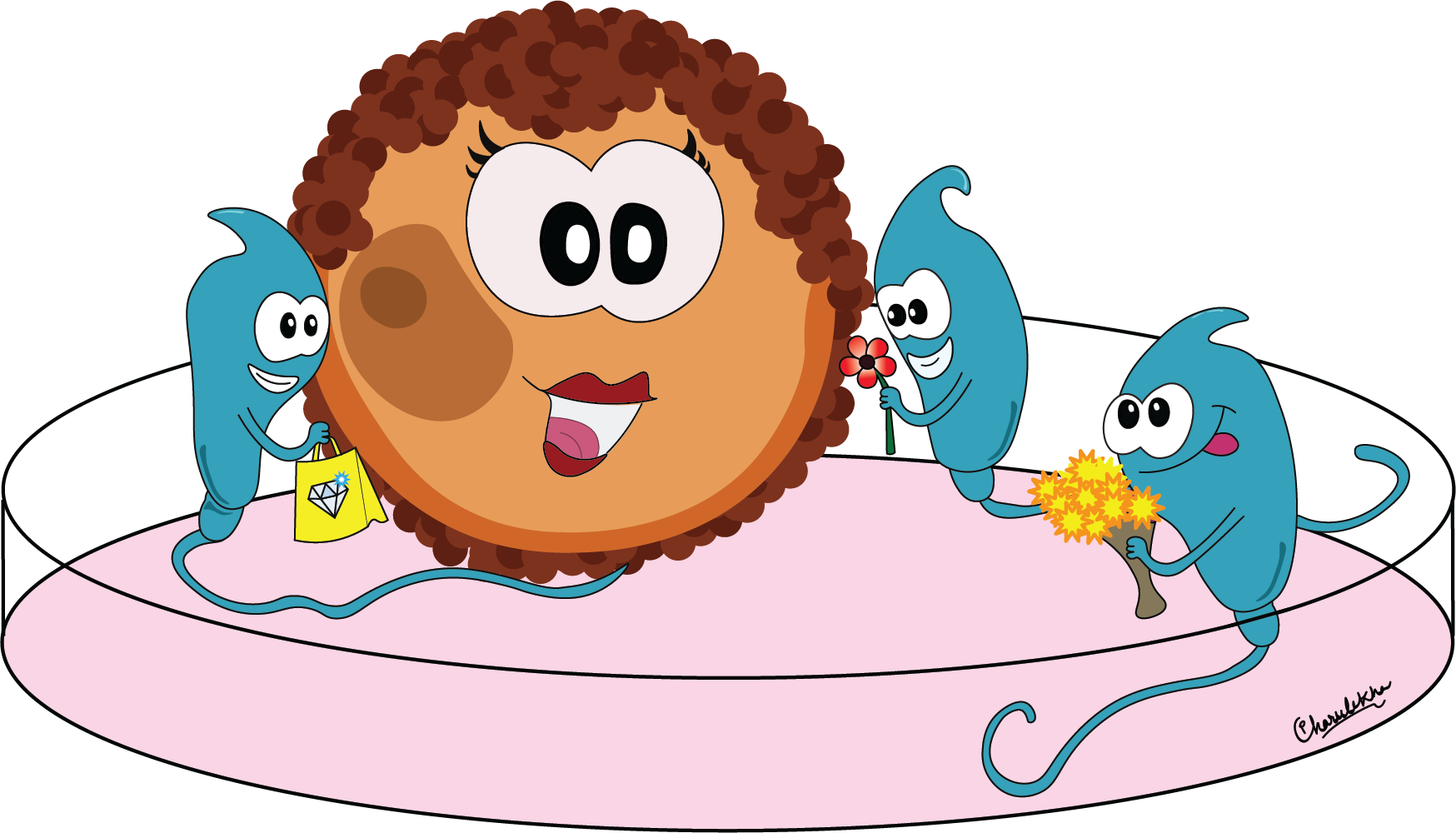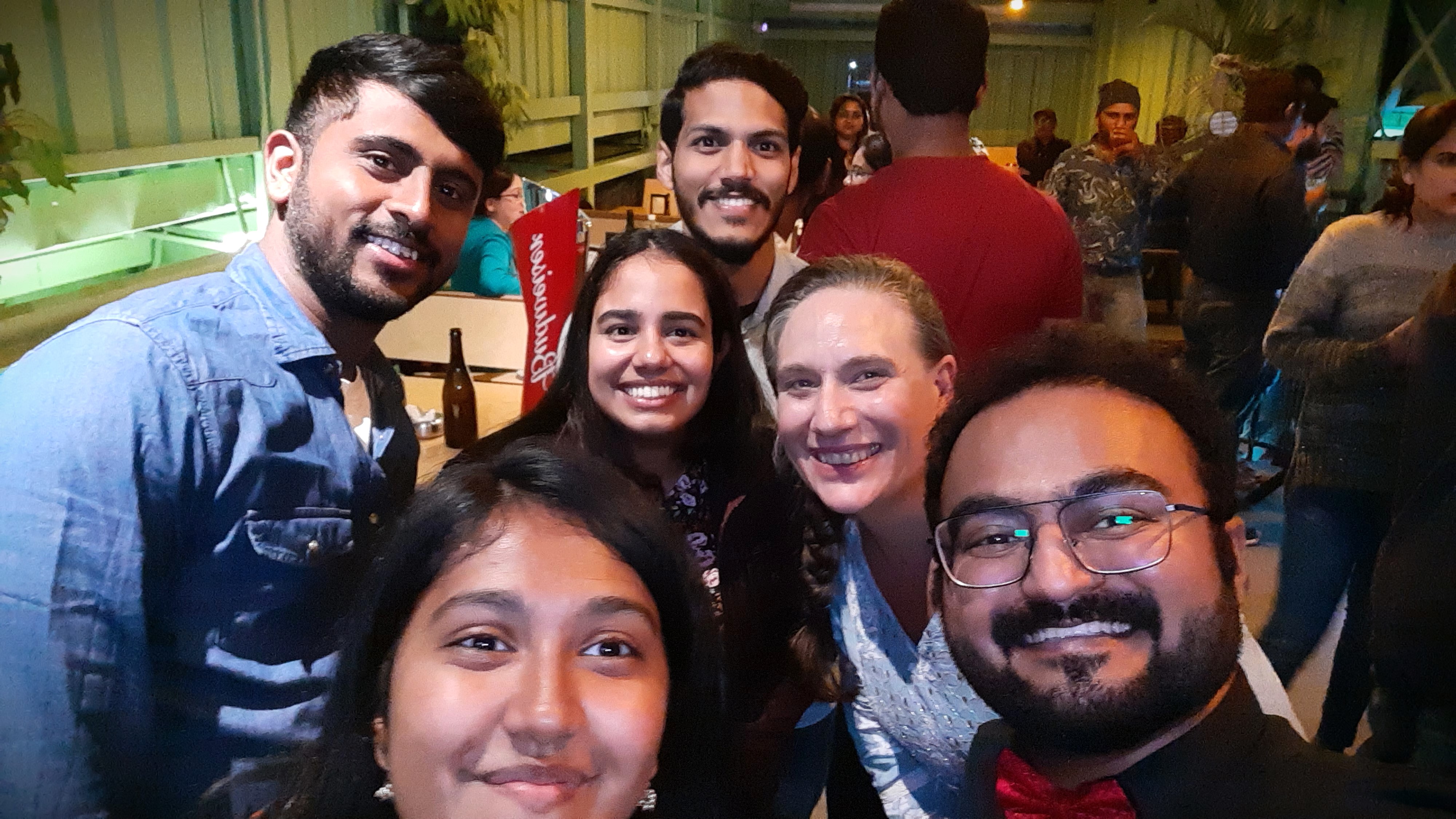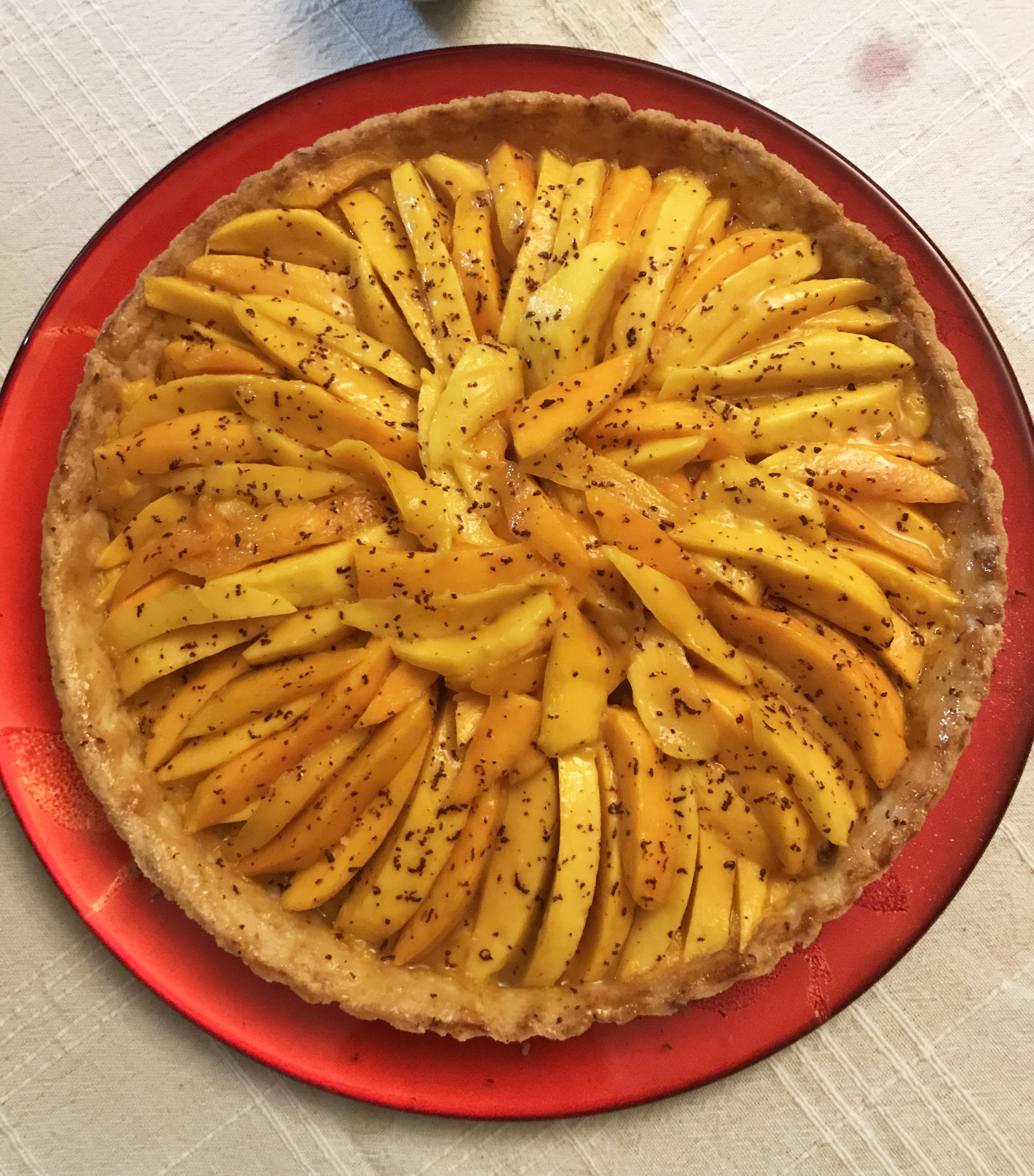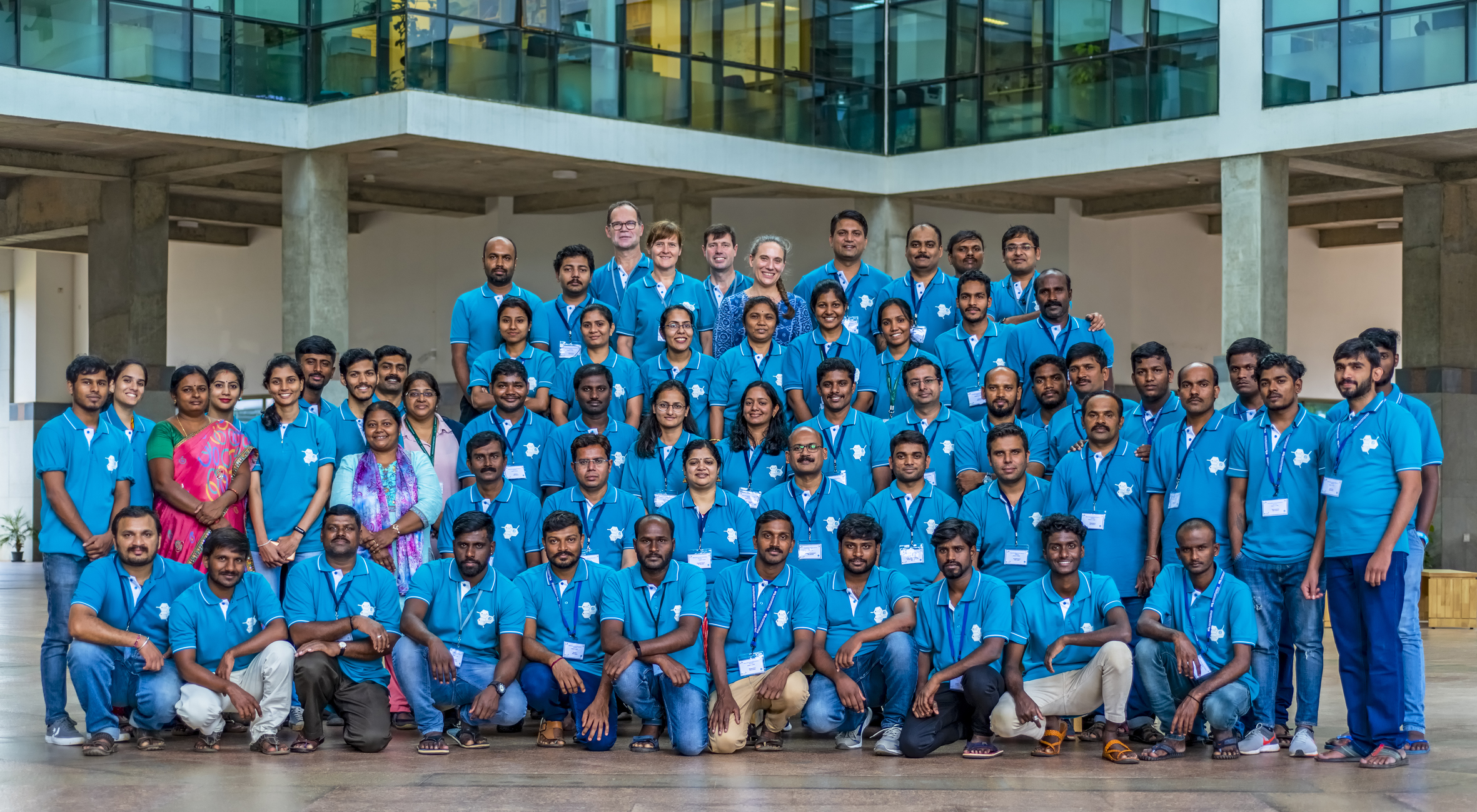Contemporary genome engineering technologies have made it possible to use a variety of model organisms to their full potential in genetic research. Although comparatively simpler and time-saving, these technologies still require a considerable amount of technical and scientific skills in addition to state-of-the-art infrastructure. Facilities that can take charge of generating such resources are constantly in demand.
Today I am talking to Dr. Aurelie Jory, aka Lily, who has been instrumental in setting up the mouse genome engineering facility (MGEF) on our campus and is now involved in capacity-building efforts across India.
Deepti Trivedi
Hi Lily, could you briefly explain how you set up the genome engineering facility and what it does?
Lily
Sure. When I arrived in 2014, I was actually hired to set up the mouse genome engineering facility. It was funded by a national grant from the Department of Biotechnology (DBT). The idea was to provide and facilitate access to quality laboratory animals and services and to make new mouse models by genetic engineering, for Indian scientists all over the country. When I arrived, there was a very good quality animal facility that was already recently built. But in order for me to be able to achieve high-end genome engineering work in mice - I first needed to make sure that the genetic quality of the animals, their health status maintenance and breeding was done properly. These parameters affect the way the services that we planned to provide downstream.
So initially, I spent a little bit of time helping the animal facility staff to organize their animal facility colony management program in order for them to achieve the highest level of laboratory animal quality. The veterinarians and facility staff immediately understood the value of their work and have been maintaining a wonderful state-of-the-art animal facility now valued by many other institutes in India and internationally. We would not have been able to provide all our MGEF services such as creation of new transgenic mouse models, mouse cryopreservation and in vitro fertilization without the constant support of the animal facility team.
Lily has been organising workshops to train people in genome engineering and other technologies
It's been a great journey, and I've been doing this for the last eight years. And now the facility is set up, we've trained many people, from our staff to other people from outside who have come for training and are able to set up their own facilities or use the techniques that we have used and trained them on in their own work. And so that's a very gratifying achievement.
The core MGEF facility service work is now being taken over by Dr Mahesh Sahare. And in the last year or so, I've been focusing more on skill development, trainings and workshops for students & scientists from all over India and neighbouring countries. We do a lot of workshops and thanks to the networks that we've established, we're able to invite people from abroad. It is always gratifying that some of the people we had trained initially are also coming back as instructors.
Deepti
Interesting. Do you know how many mouse researchers there are in India?
Lily
There are over 1700 animal research facilities registered officially on the Government CPCSEA, which is the animal ethics board in India. That's a huge number. These include the whole spectrum from small and large institutes, universities, private CROs etc.
Deepti
Wow. That’s a huge number. What are the achievements of our MGEF since its inception and now a fully functional facility?
Lily
So the achievements of MGEF, I think, are two or three fold. The first one is that we were the first one to provide national services to create and generate new genetically engineered mouse models and provide services to cryo-archive these as mouse embryos and sperms. We had a large collection initially, around 60-70, genetically engineered mouse models that the investigators here had imported from abroad or from other places in India. So we did a lot of work to be able to prioritize and preserve these existing stocks here. Over the years now we have over 300 stocks in our repository. These stocks not only come from the ones we have created here or imported by BLiSC investigators, but also from external institutes who have asked us to cryo-archive their precious and unique mouse stocks for them. We've tried to communicate about the importance of cryo-archiving and sharing these resources among the academia. We ensured ease of legal access as well because some of these are protected by specific MTAs. This was really the mission of creating the national mouse repository: not only to provide services in a nice animal facility, but to actually provide access to these mouse models that we already have so that people don't have to re-import and use costly resources.
Deepti
That’s wonderful. Bringing in or generating mice models is not easy and it is great to know what MGEF has achieved so far. If somebody wants to use some of these mouse models- either those which you are breeding or those which are cryo-archived, what is the way to get them?
Lily
On our website, we have a page that's linked to the repository I talked about. Interested scientists can just email us and then we follow up on what needs to be done. Briefly there are some animals that are still living on the shelf because they're actually being used. These can be provided relatively easily once the paperwork is in place. But most of the stocks are cryo-archived. In that case, we provide the services to revive them. We have QCs in place to ensure that all the stocks that we freeze down, we are able to revive them successfully. Recently there has been an increase in revival requests from the original investigators who asked us to freeze them either because they have lost the stocks or they want to share them with collaborators abroad. So, sperm from some of the stocks generated by us have actually travelled abroad, which demonstrates the quality of our services and trust from our international collaborators.

Deepti
As a Drosophila biologist, I think a lot about genetic backgrounds. We usually isogenize stocks when comparing phenotypes between mutants and controls. How do you ensure a similar genetic background in mice for controls and experimental animals?
Lily
Yes, the genetic background is extremely important, because you can have the same allele mutation on different backgrounds which lead to completely different and sometimes opposite phenotypes. So yes, we have some of the stocks on different backgrounds. Since we do our own breeding, we generally recommend that the controls come from littermates whenever possible. That's the key. And this is especially relevant nowadays that people do all these Omics studies. In Omics data, such as transcriptomics, exon-omics, you may pick up a lot of stuff that's not related to the mutation but just to the fact that these two stocks have been bred separately and drifted to distinct backgrounds. So keeping your genetic quality in check is of crucial importance.
Deepti
I guess cryo-archiving also helps in avoiding genetic drifts.
Lily
Yes. Especially in mice, most of the stocks we maintain are inbred and so if a random mutation occurs, it will be fixed in the population extremely fast. So cryo-archiving is one way to minimize drift over time. It preserves the genetic quality of your animals. We have had some instances here and many published cases where a student starts their PhD and has a result/data with a given strain of mice; and five years down the line they want to redo some of the experiments for publication, and then although they are using what they believe are the same mice : they are not getting the same results. This could be because of many reasons, but if the stocks are cryopreserved as soon as they arrive, we're able to revive the original stock, and compare if the drift in the data results is due to genetic drift or not. And then one can identify what random gene mutation caused this difference in the phenotype over the years, and can publish a new paper. But yes, people are starting to understand the value of cryopreservation. This is how most international repositories such as Jax maintain their common stocks as well. For example, if you buy a wild type Black6 animal from them today, it's genetically almost identical to the one that you bought 10 years ago, and will be with the one you will buy 10 years from now, because every four or five generations, they go back to the original cryopreserved stock to limit the drift.
Deepti
So Lily, what led you to pursue this field?
Lily
During my PhD I worked with mice. For my project, I actually had to generate a lot of transgenic mice myself, because at the time we didn't have facilities who would do it for you. And that's also what I kind of liked about the project as well. So I had to learn everything from scratch, from making constructs, the molecular biology work, microinjections in the mouse embryos, transfer these mouse injected embryos into a female who's going to carry the pregnancy and then finally analyze the results that actually came many years later. It's a long, long process. I kind of moved on and did a postdoc in Drosophila genetics. But I've always been a developmental geneticist. At the end of my post-doc, a former friend and colleague told me about this opportunity that NCBS was looking for somebody to set up a mouse genome engineering facility. And the timing was perfect for me. The stars aligned so I said, Sure. Why not? And it's been a great journey.
Deepti
So what are your special skills that came in handy to set this up?
Lily
There are two types of skills. Firstly, there are technical skills. I had the microinjections skill, the molecular biology skills, all the techniques that were required to make transgenic animals. Some of them are kind of really high end and take years to master. However, what I find that the most important are really the management skills and the interpersonal skills that you build up with the staff. And this is also what led me to this type of work compared to more traditional, head of laboratory type of work. I knew that I was not as fit for that, in that I wanted to see a little bit more diversity in my workspace in terms of the people that I would interact with. So during my postdoc, I also worked as a lab manager for the lab that I was working in. And this is something that I liked, as well. I feel it is very important to be able to work with administrators, establishing & managing a budget and importantly to listen to the staff and help them recognise their self-worth and appreciate the value of their work. So it's a learning process. But, I enjoy the work really, you know, you're a facility, you have services, you have clients, but because you're in this academic setting, you're also providing the possibility to transfer your skills to other people.

Lily enjoys her work at the facility and her interaction with MGEF staff members
Deepti
So what keeps you busy these days and what are the plans for the near future?
Lily
So now that the MGEF facility is up and running, and has already achieved a lot, I think my role here in terms of setting up of the facility is done. Now I am really focusing on providing training and outreach in assisted reproductive technologies, such as cryopreservation, revival of cryopreserved stocks, management of lab animal colonies & repositories, as well as CRISPR based genetic engineering technologies. We conduct different types of workshops on these various themes. Larger workshops, where we host 10 to 15 people, but also, individualized and personalized training. We have scheduled some yearly big workshops, and some specific one on one or small gp training modules on cryopreservation, embryo transfer and genome engineering. Each of these subjects can be split into two or three modules that one can follow one after the other. I am also providing consulting services to other facilities in India, especially if they want to establish their own animal and/or mouse genome engineering facilities. We are the first, if not the only, facility to provide many of these services to other institutes. There is a lot of demand for this kind of work and to build a network of facilities that will be able to offer these services across India in the near future, it will require training people and this is what I want to do.
Deepti
Okay. So, this was all about work, but I want to know a little bit more about what are your hobbies and how do you decompress after a long day of work?
Lily
I'm very fortunate to have established a very nice group of friends here, coming from both campus and outside. I like to hang out with friends. We are a group that love cooking and dining, which is a great hobby to have. I also love traveling. Obviously the last couple of years have not been really fruitful in that area, but I hope to compensate for that soon. I like photography and I have a studio at home. I do a lot of photography.

Lily likes to cook and dine with her friends. Here is a Mango pie made by Lily
Deepti
Nice. Tell me about the years of childhood. Do you come from a scientific background or how did you get into science?
Lily
My mom was a diplomat and my dad a nuclear physicist. Perhaps I did inherit a little bit of scientific curiosity through him. My dad would do fun experiments with us when we were growing up. Interest in Biology came from school though. I had an amazing biology teacher who gave us a course on honeybees, and their flight patterns. This was very exciting for me. Introduction to basic genetics is what hooked me to biology.
Lily likes to travel. Here a picture from Ladakh where she went recently
Deepti
So finally, how do you see your work being used in the future?
Lily
The work that I initiated in the MGEF is being used on an everyday basis by our facility and scientists on and off campus. As a facility, we contribute indirectly or directly to other people's work very intensely. Especially since the field of genome engineering is going at a lightning speed and we have to keep up with that.
In addition, I am part of this ongoing global discussion on the value of animal research. Of course, timely animal research is important. During COVID pandemic, our facility generated mouse models that could be used directly to understand the progression of this disease. By interacting with the international scientific community from the animal science field, we are trying different approaches that can help reduce the number of animals to obtain the same type of results. Public discussions on animal research allow us to review the way we work with animals and find ways to breed less and work more efficiently. Doing animal science properly, efficiently, and ethically is important and every animal facility personnel takes it to their heart. We want to find ways to communicate this to the general public in a better way. Animal sacrifice is required for research, but we do this conscientiously and in a way that minimizes animal use and animal pain and suffering and I think that's very important for people to understand.
Deepti
Thank you, Lily. This was really great. All the best for your future work.

CRISPR workshop at MGEF is well attended by people all over India










0 Comments